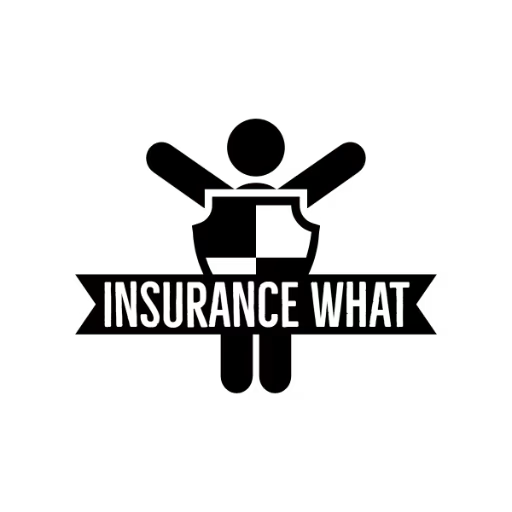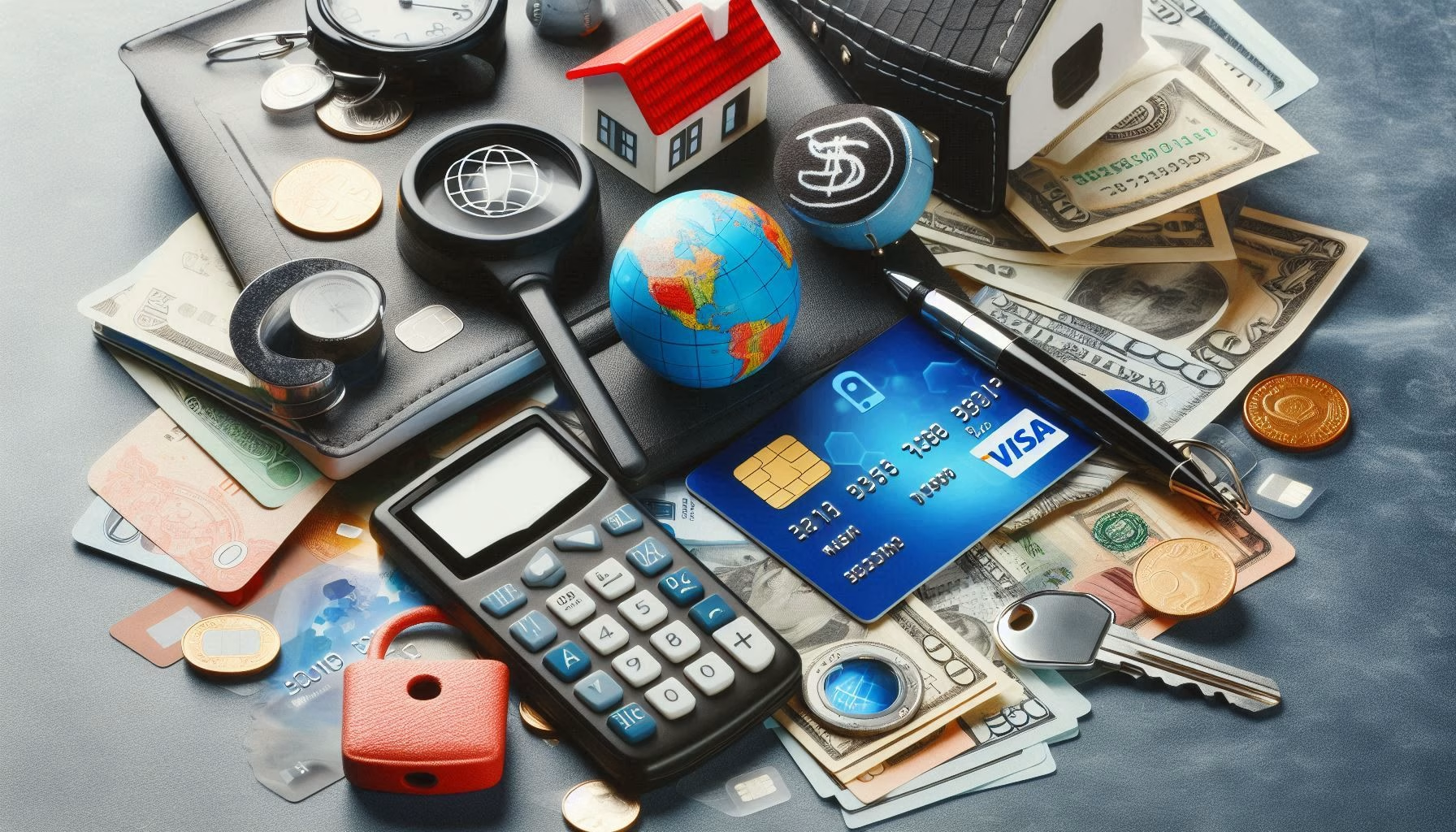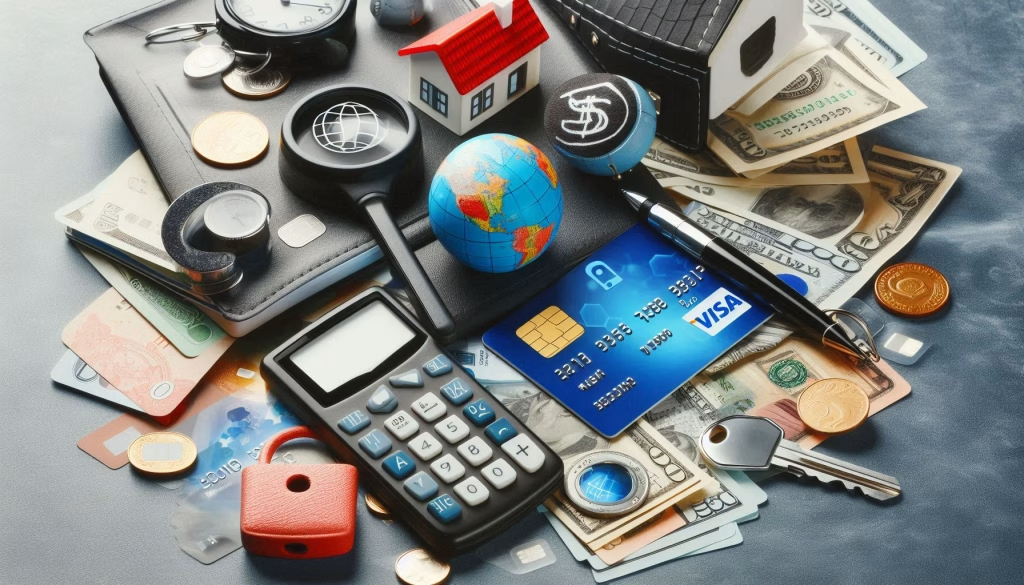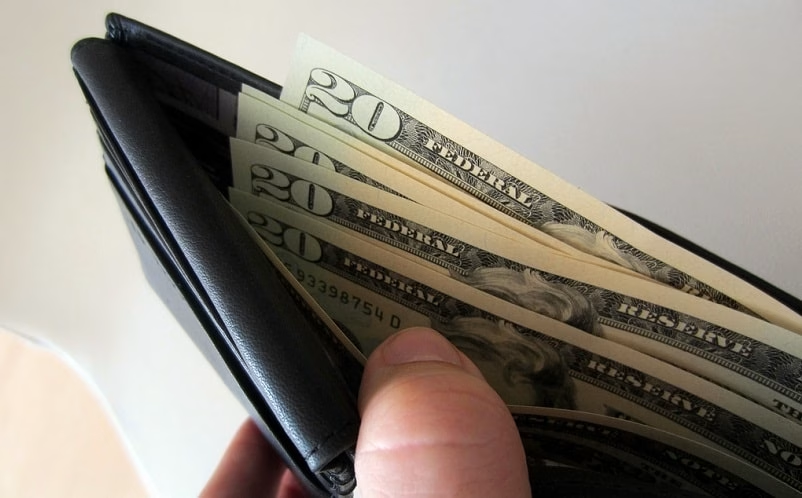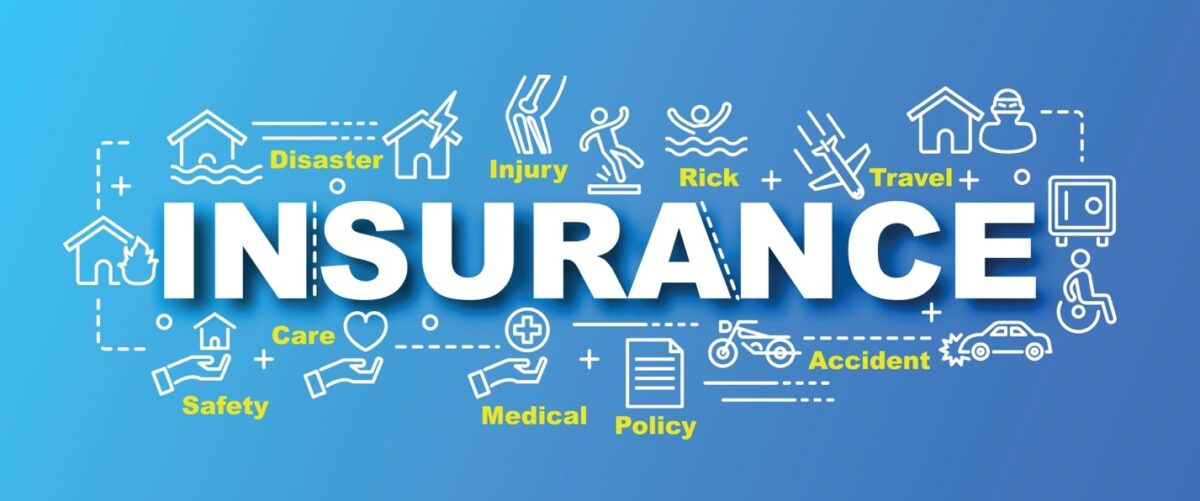Table of Contents
- Overview
- Definition of Phishing and Skimming
- The Following is a List of Data That Needs to be Kept Confidential so That it is Not Hacked by Fraudsters
- Credit Card and Debit Card Piracy Fraud Mode
- Tips for Credit Card Owners
- Preserve the Most Recent Credit Card Transaction Bond
- Always Carefully Check Your Credit Card Statements
- Destroy Credit Card Statements Immediately After Payment
- Block Credit Cards Immediately When Lost
- Enable Notification Service from the Bank Via Mobile Phone
- Always Remain Vigilant When Conducting Online Transactions With Credit Cards
- Maintain the Confidentiality of Your CVV and Credit Card PIN
- Tips for Debit Card Owners
- Consider Debit/ATM Card PINs as Confidential Information
- Block the Debit Card Immediately if It Is Lost
- Utilize an ATM Situated in a Secure Location
- Before Inserting Your ATM Card, Check the Card Slot for any Signs of Tampering
- Always Shield the Keypad With Your Hand while Entering Your PIN at The ATM
- Maintain Proof of Debit Card Transactions
- The Conclusion
Overview
If you possess a credit card, a debit card, or an ATM card, it’s crucial to use them cautiously. Cybercrime is prevalent these days, and without careful and vigilant use of your cards, you could fall prey to it.
Credit and debit cards have become prevalent tools for daily transactions. Often, they are used more frequently than cash due to their convenience. However, despite the advantages of credit and debit cards, users engaging in cashless transactions are susceptible to cybercriminals’ targeting.
Indeed, the target is often the data or personal information contained in these cards. Should scammers or hackers steal your banking personal data, they could potentially use it to deplete your funds.
Cybercrime methods, including personal data theft, are varied. Perpetrators may use your data to impersonate you and carry out online transactions, which can range from banking activities to other financial dealings.
Fundamentally, they will deplete the funds stored in the account or make extravagant purchases with a credit card, leaving you responsible for the payment. Cybercrimes involving credit and debit cards are commonly referred to as card piracy.
Numerous techniques and terms describe the crime of card data theft, including phishing and skimming, both of which involve the unauthorized acquisition of credit or debit card information.
To avoid falling prey to credit or debit card hijacking, it’s wise to familiarize yourself with the modes of fraud and the methods of prevention outlined below.
Definition of Phishing and Skimming
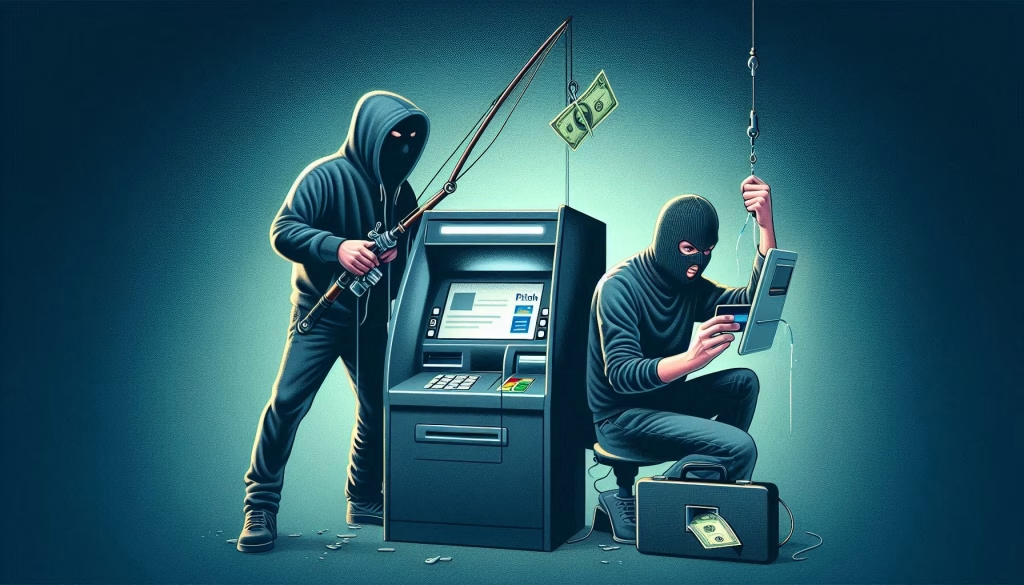
Phishing involves the fraudulent acquisition of sensitive personal details, including names, email addresses, account and credit card numbers, ATM and credit card PINs, one-time passwords (OTPs), and the CVV numbers found on the back of credit cards.
Skimming, commonly referred to as card skimming, is a fraudulent technique that involves installing hidden devices on ATMs or EDC machines. These devices are used to illegally capture and record the cardholder’s data from the magnetic stripe of ATM or credit cards.
Subsequently, the hijacked data may be exploited by the perpetrator to deplete your bank account or make purchases with your information. This is commonly referred to as scamming, where the scammer assumes your identity to carry out banking transactions.
The Following is a List of Data That Needs to be Kept Confidential so That it is Not Hacked by Fraudsters
- Personal data (name, address, email, mobile phone number, parent’s name, date of birth and others)
- Personal identity data
- Bank or mobile banking data (account number, username, password, OTP code (one-time password))
- Debit card data (ATM card number and PIN) and credit card data (number, pin, card type, number on the back of the credit card, and so on)
- E-commerce account data, digital wallets and paylater (username, password and OTP code)
Credit Card and Debit Card Piracy Fraud Mode
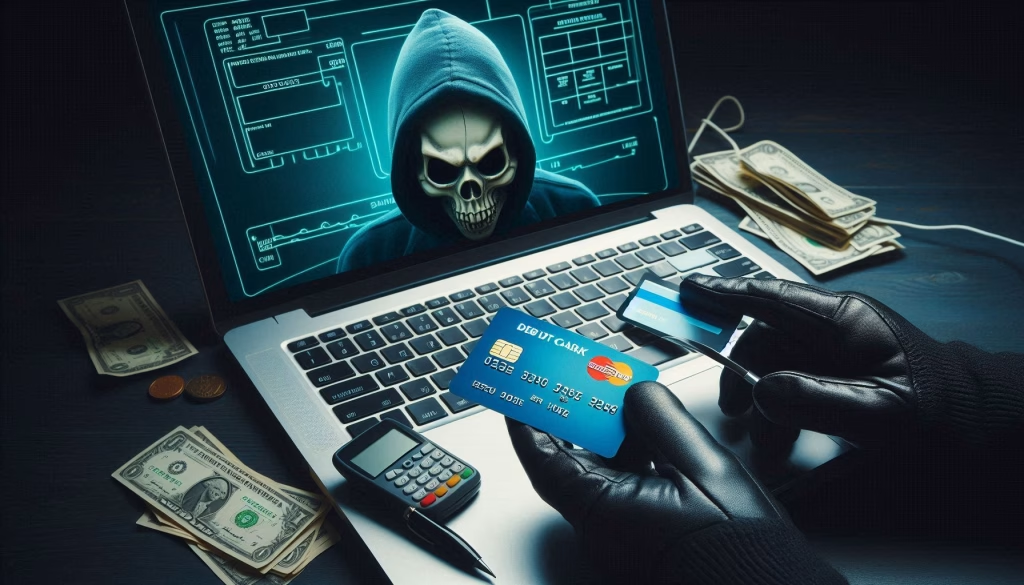
Before exploring tips and tricks to safeguard your credit card or debit/ATM card from unauthorized access, it’s wise to understand the methods commonly employed by card hijackers to steal your data, such as:
Credit Card and Debit Card Piracy Fraud Mode No.1
InsuranceWhat.com
Internet Fraud
In online transactions, such as internet banking and e-commerce shopping, cardholders are not required to physically present their cards (CNP transactions) or provide a signature. Therefore, it is crucial to exercise caution during these transactions.
Websites with insufficient security measures can be exploited by cybercriminals to steal card identity information provided by individuals conducting online transactions through the CNP (Card-Not-Present) facility.
The reason is that with just card numbers, CVV codes, and leaked OTP codes, fraudsters can effortlessly carry out transactions that deplete your account online.
Credit Card and Debit Card Piracy Fraud Mode No.2
InsuranceWhat.com
Fraud via Phone or Email
This method is quite common and frequently occurs. The hijacker contacts individuals via phone or email, posing as a representative from the bank that issued their credit or debit card.
The scammer’s modus operandi involves requesting your cooperation to update bank data, claiming the bank system is undergoing updates, alleging issues with your account or credit card, or informing you of winning a substantial prize without any draw.
This situation is undoubtedly a scam or fraudulent activity. It’s important to be aware that legitimate banks will never request customer data through phone calls, emails, SMS, WhatsApp, direct messages, or postal mail.
Responding to such calls or emails by sharing your banking details can put your credit or debit card at riskRisk Risk is a loss that occurs to the insured individual or object. Various bad possibilities could happen to someone. of being compromised by fraudsters.
Credit Card and Debit Card Piracy Fraud Mode No.3
InsuranceWhat.com
Fraud via Online and Telephone Surveys
At times, pirates may exploit telephone and internet services to create surveys requesting your financial information, such as credit or debit card details. It is crucial to be vigilant against the piracy of credit or debit card data disguised as these surveys.
Credit Card and Debit Card Piracy Fraud Mode No.4
InsuranceWhat.com
The Fraudulent Placement of Phishing Tools, often in the Form of Chips Inserted into the Card Slot of an ATM Machine, is Known as Skimming
ATM machines are frequently targeted by thieves using card skimming devices. These criminals install a small, chip-like device in the slot where the ATM card is inserted, which then records the cardholder’s data.
Additionally, hijackers often install a small camera on one side of the ATM to capture your hand entering the PIN code. This way, they gain access to your personal data and card PIN. Therefore, it’s crucial to be vigilant and use traditional methods to shield your PIN entry.
Credit Card and Debit Card Piracy Fraud Mode No.5
InsuranceWhat.com
Carding
In this scenario, fraudsters engage in buying and selling stolen credit card details on online platforms referred to as carding forums. They utilize this stolen information to conduct online transactions or withdraw money from the victims’ accounts.
Credit Card and Debit Card Piracy Fraud Mode No.6
InsuranceWhat.com
Fake Apps and Websites
In the fake apps scheme, scammers develop counterfeit mobile applications that mimic legitimate banking or credit card company apps. Once the victim inputs their card details into the app, the scammer obtains the sensitive data. Similarly, in the fake websites scheme, the scammer sets up a fraudulent website that resembles an official one to capture card information as the victim submits it.
Credit Card and Debit Card Piracy Fraud Mode No.7
InsuranceWhat.com
Tips to Prevent Credit/Debit Card Piracy
Here are some strategies to safeguard your credit card or debit/ATM card from unauthorized access and misuse. Consider these methods for secure transactions with your debit or credit card:
Tips for Credit Card Owners
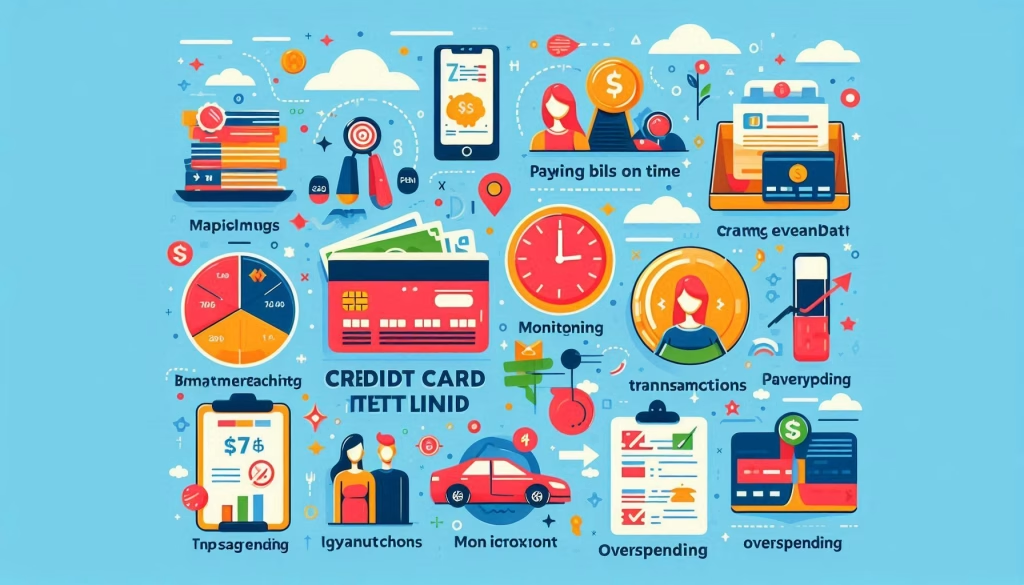
If you possess a credit card, it’s crucial to be vigilant about the following aspects to prevent any attempts at identity theft:
Tips for Credit Card Owners No.1
InsuranceWhat.com
Preserve the Most Recent Credit Card Transaction Bond
Each time you complete a transaction with a credit card, you will receive a transaction receipt that should be kept securely and out of reach of others.
If you receive a bond via email, you should download and securely save it. This ensures that if there is any discrepancy in a transaction, you can promptly contact the bank for clarification. Once the bill is settled in full, you may then dispose of the bond or proof of payment, or delete it from your email.
Tips for Credit Card Owners No.2
InsuranceWhat.com
Always Carefully Check Your Credit Card Statements
The reason for meticulously reviewing your credit card statements each month is to ensure that if there are any charges or transactions you did not authorize, you can promptly contact the issuing bank to request an explanation.
Tips for Credit Card Owners No.3
InsuranceWhat.com
Destroy Credit Card Statements Immediately After Payment
Once you have paid your monthly credit card statement, it is advisable to promptly destroy the bill. This is to prevent any malicious individuals from finding and misusing the card number and other personal information that may be listed on the statement.
Tips for Credit Card Owners No.4
InsuranceWhat.com
Block Credit Cards Immediately When Lost
Should you misplace your credit card, it is imperative to promptly notify the issuing bank and request a block on the card. Failing to block a lost credit card swiftly may leave it vulnerable to unauthorized use by unscrupulous individuals.
Tips for Credit Card Owners No.5
InsuranceWhat.com
Enable Notification Service from the Bank Via Mobile Phone
To continuously monitor your credit card transaction activity, it is advisable to enable the transaction notification service offered by your credit card’s issuing bank on your mobile phone.
Each time a transaction is made with a credit card, the bank sends an SMS notification detailing the transaction. Should you change your mobile number, it’s crucial to promptly update your contact information with the bank that issued your credit card.
Tips for Credit Card Owners No.6
InsuranceWhat.com
Always Remain Vigilant When Conducting Online Transactions With Credit Cards
When conducting online shopping transactions or other types of transactions with a credit card, stores or online businesses typically require you to provide additional data and information to verify that the credit card belongs to you.
Always verify the correctness of the website address and confirm the legitimacy of the online shopping application or site to avoid falling prey to credit card fraud. It is not advisable to use a credit card on online shopping sites that appear untrustworthy, as they are less secure.
Tips for Credit Card Owners No.7
InsuranceWhat.com
Maintain the Confidentiality of Your CVV and Credit Card PIN
Credit card owners are legally required to protect their personal data. It’s crucial to keep sensitive information such as the CVV, PIN, card expiration date, ID card number, and mother’s maiden name confidential. Above all, never disclose your credit card PIN or CVV to anyone.
Tips for Debit Card Owners
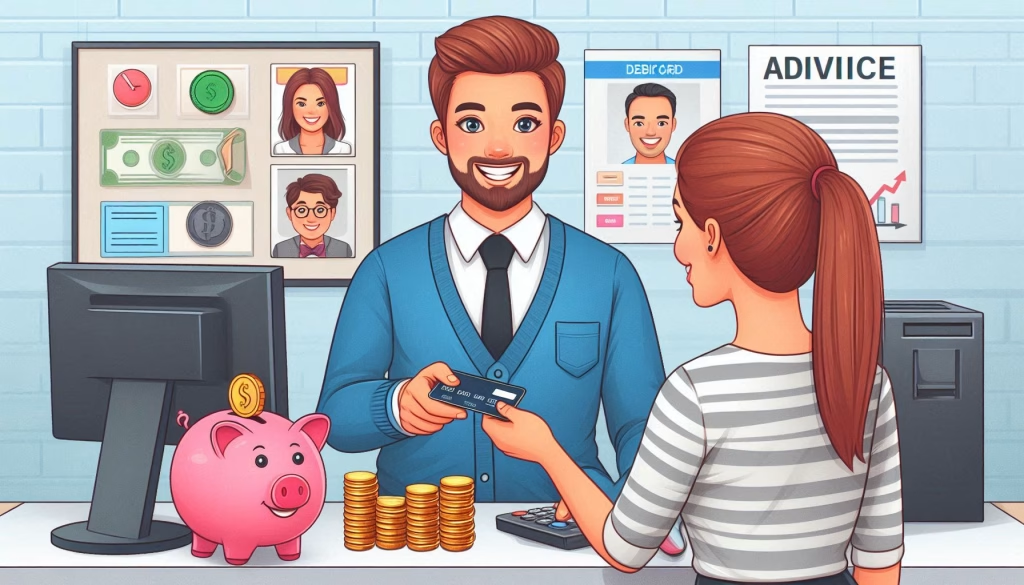
For those who use a debit or ATM card, consider the following tips to ensure safe usage and protection against fraud.
Tips for Debit Card Owners No.1
InsuranceWhat.com
Consider Debit/ATM Card PINs as Confidential Information
To enhance security, it’s advisable to change your debit card PIN regularly, at least biannually. More crucially, your PIN should remain confidential. Should you need to jot it down due to memory issues, ensure the note is stored separately from your debit card or ATM card to prevent easy access by others.
Tips for Debit Card Owners No.2
InsuranceWhat.com
Block the Debit Card Immediately if It Is Lost
Similar to credit cards, if your debit or ATM card is lost, it’s crucial to promptly notify the issuing bank to ensure the card is blocked permanently. Following this, you can visit the bank’s local branch to arrange for a replacement debit or ATM card.
Tips for Debit Card Owners No.3
InsuranceWhat.com
Utilize an ATM Situated in a Secure Location
When using an Automated Teller Machine (ATM) for cash withdrawals or other transactions, it’s advisable to select an ATM situated in a secure location, preferably close to the bank’s branch office that issued your card or where security personnel are present. Should any issues arise, promptly contact the bank or security services.
Tips for Debit Card Owners No.4
InsuranceWhat.com
Before Inserting Your ATM Card, Check the Card Slot for any Signs of Tampering
The technique involves shaking the component to ensure the ATM card slot is securely in place. If a skimmer has been installed by a thief, it’s often merely attached with adhesive or tape, making it easy to dislodge. Should you find the ATM suspicious, promptly report it to the authorities or use another machine that appears more secure.
Tips for Debit Card Owners No.5
InsuranceWhat.com
Always Shield the Keypad With Your Hand while Entering Your PIN at The ATM
It’s important to be vigilant about hidden cameras that may be installed by thieves to capture your PIN. Always shield your hand when typing in your PIN code to protect your financial information.
Tips for Debit Card Owners No.6
InsuranceWhat.com
Maintain Proof of Debit Card Transactions
By consistently keeping proof of your debit/ATM card transactions, you can cross-reference them with the entries in your passbook. Should there be any discrepancies, you can promptly report them to the bank for further investigation.
The Conclusion
Ensure Proper Management of Personal Data
By heeding the tips provided, you can significantly lower the risk of your credit or debit card being compromised and misused. Exercising caution and staying vigilant when using your cards will undoubtedly make your transactions smoother. With these measures, your credit and debit cards should be better protected against fraud.
Do you think you have other ideas about Card Security Tips: How to Protect Your Credit and Debit Cards? You can comment and share your thoughts below, or discuss more in the InsuranceWhat Forum. Also, read more articles about GLOBAL INSURANCE or other interesting insurance topic articles only at InsuranceWhat.com.
